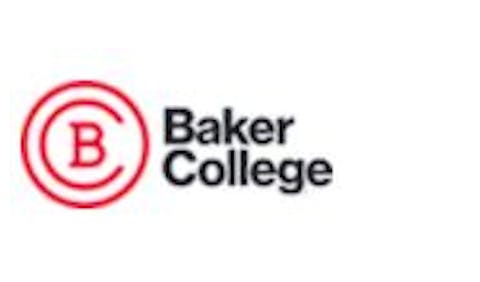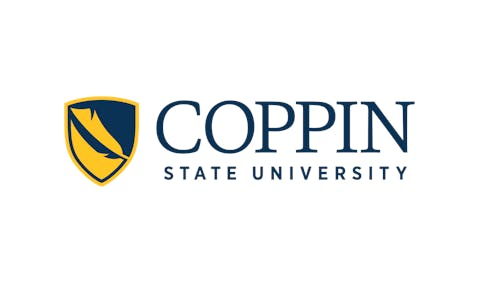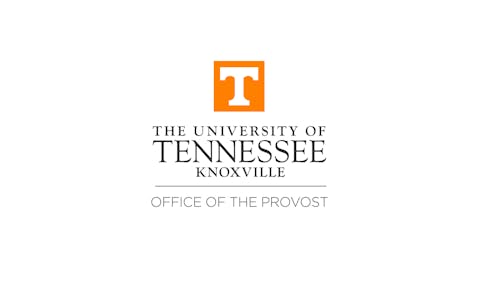 Dr. Larry Galizio, President & CEO of the Community College League of California.
Dr. Larry Galizio, President & CEO of the Community College League of California.
The report, “Modernizing California Community College Funding: Reforming the Fifty Percent Law to Support Student Success," argues that the 1961 law requiring California's community colleges to spend at least half of their general funds on direct classroom instruction is outdated and prevents colleges from adequately funding critical student support services.
"Today's students—and today's workforce needs—require educational experiences that extend beyond the classroom," said Dr. Larry Galizio, President & CEO of the Community College League of California. "By modernizing the Fifty Percent Law, we can ensure that California's community colleges are empowered to meet the needs of today's learners and equip them for future success."
The landscape of higher education has changed dramatically since the Eisenhower-era statute was implemented. In 1961, college students were predominantly white, traditional-age students who attended full-time. Today, they're far more diverse—77% non-white—and face challenges unknown to previous generations. Nearly half are Pell Grant-eligible, and 68% experience at least one basic needs insecurity, with 24% self-identifying as homeless.
Technology that didn't exist when the law was drafted—computers, the internet, online learning platforms—now consumes significant portions of college budgets. Meanwhile, research increasingly shows that comprehensive support services like counseling, basic needs assistance, and mental health care directly impact student achievement, especially for historically underserved populations.
“The Fifty Percent Law might just be the single most damaging law to the success of our most at-risk students,” said Willy Duncan, Superintendent/President at Sierra College. “Research shows that it is critical to provide holistic support to our students if we are to help them be successful, and the 50 Percent Law hinders our ability to do it.”
The report notes that the original protections the law intended to provide—ensuring adequate investment in instruction—have largely been made redundant by other mechanisms, including faculty unions, the Faculty Obligation Number (which requires 75% of credit instruction be taught by full-time instructors), and the Student-Centered Funding Formula.
“Faculty members play a crucial role inside and outside the classroom, providing guidance, mentorship, and critical support services,” said Dr. Carole Goldsmith, Chancellor at State Center Community College District. "Yet, this outdated law restricts our ability to invest in counseling, librarians, and essential wraparound services that help students stay enrolled and achieve their goals."
While the Fifty Percent Law technically applies to K-12 schools as well, districts at that level can easily obtain waivers, making community colleges the only educational system where the law is strictly enforced. Moreover, the law's current definition fails to recognize valuable faculty contributions outside the classroom—like serving on committees, developing curriculum, and mentoring students—counting these activities on the "wrong side" of the 50% calculation.
The report recommends two main reforms: first, redefining instructional spending to include faculty release time, librarians, counselors, and assistive technology support positions; and second, implementing a waiver system similar to what K-12 districts enjoy, allowing community colleges flexibility to allocate resources based on their unique student needs.
For California's 2.2 million community college students, these changes could mean better access to the comprehensive support systems many need to succeed. College leaders argue that without reform, the law will continue to harm students' potential for academic success and economic mobility by forcing institutions to choose between compliance and providing holistic student support.
As student demographics, educational needs, and workforce demands continue to evolve, the report argues that funding policies must keep pace. The sixty-four-year-old law remains literally unchanged while everything around it has transformed—from technology to teaching methods to the students themselves.
"If we are truly committed to equity and student success," Goldsmith added, "we must modernize this law to align with the mission of today's community colleges."


















